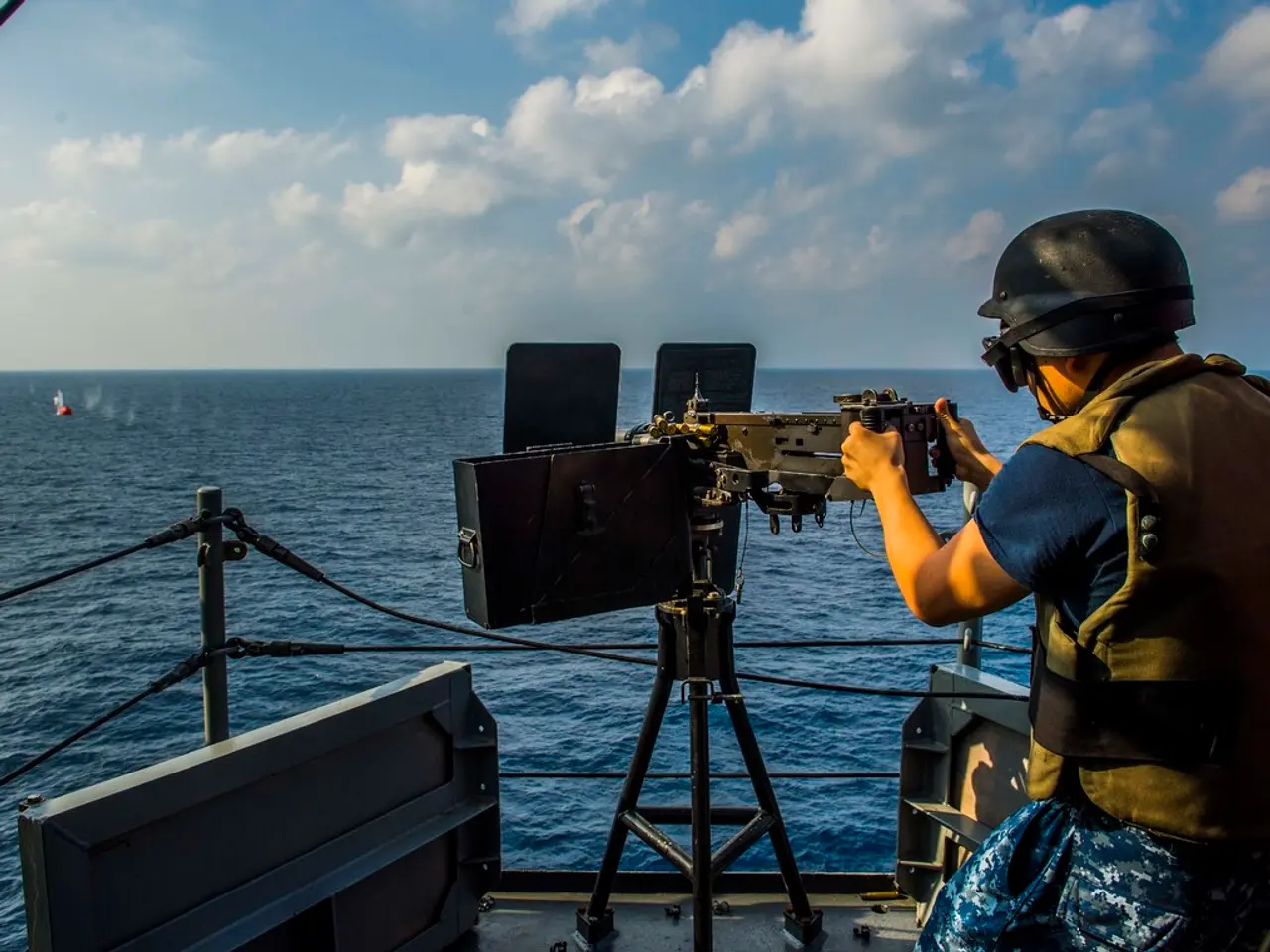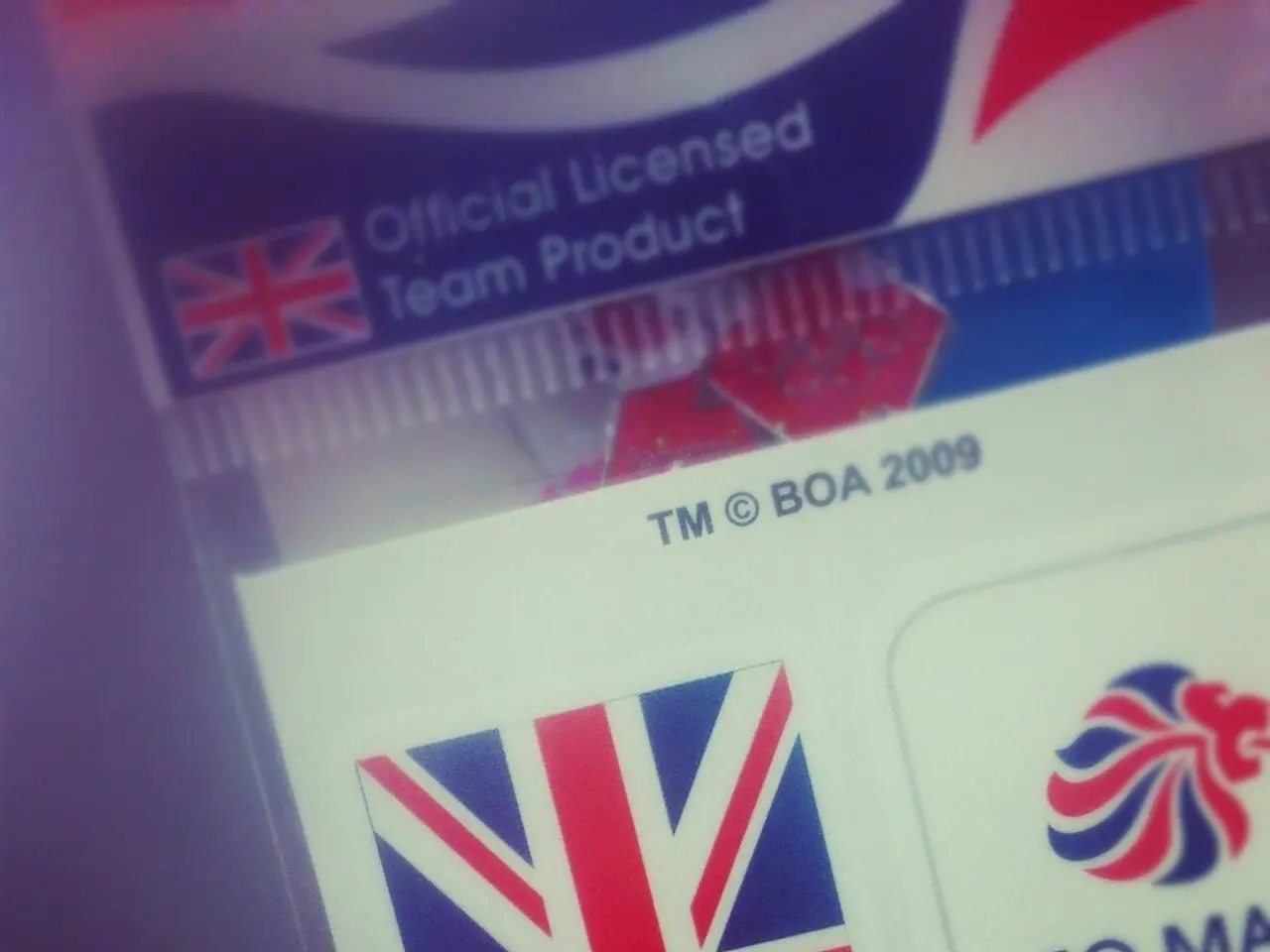Enhancements in Marine Navigation Systems: Kongsberg Introduces Countermeasures Against Jamming
In the ever-evolving landscape of maritime navigation, the need for resilient and reliable systems has become paramount. One such solution that stands out is Kongsberg's Maritime Guidance and Control (MGC) system. This innovative navigation system offers a practical solution for ensuring navigational safety in uncertain and challenging environments.
Traditional gyrocompasses, while immune to signal-based attacks, have been overshadowed by modern navigation systems that incorporate Global Navigation Satellite System (GNSS) data. However, these advanced systems create vulnerabilities, particularly in contested or signal-denied environments. Kongsberg's MGC system addresses this concern by providing GNSS independence.
The MGC system uses high-grade strap-down inertial sensors that detect the Earth's rotation without external input, offering GNSS independence. This feature is crucial for maritime operators to ensure safety and maintain operational continuity in contested or signal-denied environments.
Kongsberg's MGC system is not only maintenance-free, eliminating the need for frequent calibration or mechanical upkeep, but it also supports Doppler-based seabed and water-column tracking to determine vessel velocity, eliminating the need for satellite-derived speed data.
The system is versatile, suitable for all types of commercial and passenger vessels, offshore platforms, and naval ships. It can be used standalone or seamlessly incorporated into an Inertial Navigation System (INS). Moreover, the MGC system can estimate latitude internally, ensuring consistent accuracy from equatorial regions to the poles.
In an era where growing threats from jamming and spoofing disrupt GNSS reception, posing operational and safety risks to maritime operations, Kongsberg's MGC system offers a robust solution. Jamming disrupts GNSS signals, limiting access to satellite-based positioning, while spoofing mimics legitimate GNSS signals and can trick navigation systems into misreporting the vessel's position.
Kongsberg's MGC system offers a multi-sensor fusion approach, integrating multiple sources of navigational data beyond traditional GNSS signals. This approach allows the system to maintain accurate positioning and navigation even if GNSS signals are degraded or spoofed.
By combining GNSS data with inertial sensors and acoustic positioning technologies, the MGC system can cross-verify positional information and detect anomalies caused by jamming or spoofing. Advanced filtering and validation algorithms analyze data consistency in real-time, enabling the system to identify and discard corrupted GNSS inputs while relying on trusted sensors.
In GNSS-denied environments, MGC can smoothly transition to relying on inertial navigation and acoustic positioning, ensuring continuous, reliable navigation information. This resilience against GNSS jamming and spoofing is a testament to Kongsberg's commitment to high-precision, reliable navigation solutions in challenging environments.
The choice of Kongsberg's MGC system is clear for organizations seeking navigation systems where resilience and reliability are paramount. Kongsberg's MGC system provides resilient navigation with advanced inertial technology and motion reference capabilities, making it an ideal choice for vessels operating in contested or challenging signal environments.
In conclusion, Kongsberg's MGC system offers a robust, reliable, and versatile solution for maritime navigation. Its resilience against GNSS jamming and spoofing, combined with its multi-sensor fusion approach, ensures continuous, reliable navigation crucial for vessels operating in contested or challenging signal environments.
The resilience of Kongsberg's MGC system against potential events such as GNSS jamming and spoofing, combined with its advanced science and technology, makes it a valuable asset in finance-sensitive maritime operations, where safety and operational continuity are paramount. Its ability to operate effectively in contested or signal-denied environments sets it apart from traditional navigation systems, offering an opinion of superiority in uncertain and challenging maritime scenarios.




